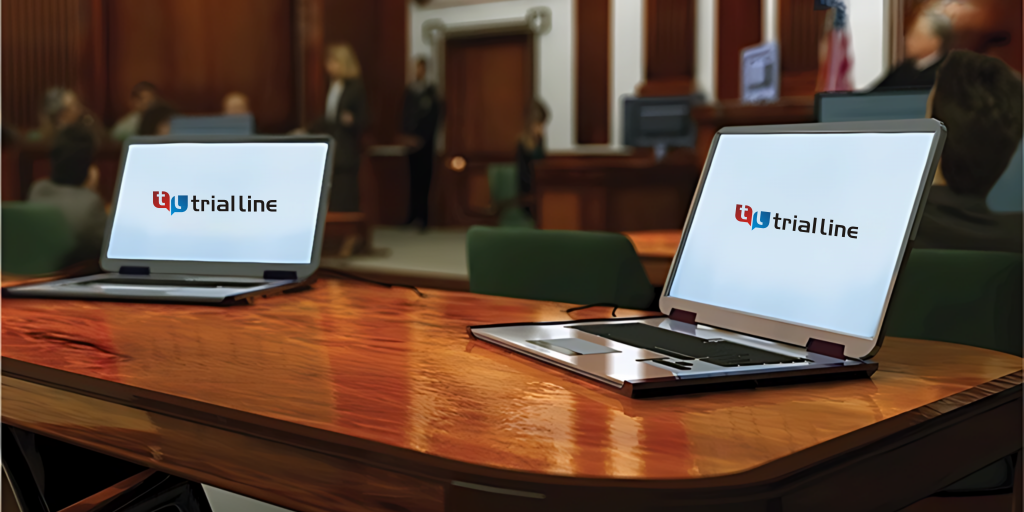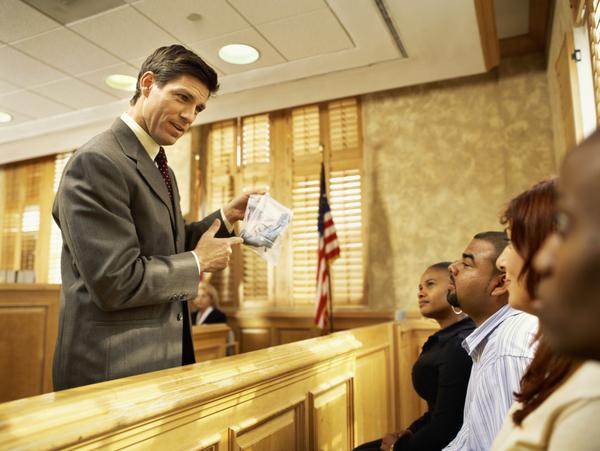Exactly How Trial Presentations Enhance Your Disagreement and Convince Jurors
Test presentations offer as an essential device for enhancing lawful debates and convincing jurors. By incorporating visual help, narrative structures, and psychological interaction, lawyers can create an engaging case that resonates on multiple levels. The strategic usage of visuals not just clarifies intricate details however additionally records jurors' focus better than words alone. The art of storytelling plays a similarly crucial function in transforming accurate evidence into an engaging story, forming jurors' understandings. Comprehending these aspects can dramatically influence trial end results, elevating the concern of how each component adds to this intricate dynamic.

Significance of Visual Aids
Aesthetic aids play a crucial role in boosting the effectiveness of test presentations, as they can significantly raise target market involvement and retention of info. In the context of a trial, where jurors are entrusted with processing complicated info, aesthetic aids offer to simplify and make clear crucial factors. Charts, charts, and images can share information and concepts that may or else bewilder or puzzle jurors, permitting a more uncomplicated understanding of the proof presented.
Additionally, aesthetic aids aid in maintaining juror interest throughout the procedures. By damaging the dullness of spoken testimony, these tools can punctuate important disagreements, making them more remarkable. Reliable visual aids can likewise evoke emotional responses, which can be critical in convincing jurors to straighten with the speaker's story.

Crafting Compelling Narratives
An engaging story is important in trial presentations, as it functions as the foundation of efficient persuasion. It permits attorneys to weave together facts, evidence, and emotional elements into a systematic tale that reverberates with jurors. This narrative framework enables jurors to comprehend the intricacies of the situation while guiding them via the lawyer's disagreement.
To craft an engaging story, attorneys need to concentrate on quality and comprehensibility. This involves establishing a clear lead character-- frequently the customer-- and describing their trip via the occasions concerned. Providing the truths in a logical sequence boosts understanding and maintains engagement. In addition, using vibrant descriptions can develop get more psychological pictures that aid jurors imagine the events, making the story more memorable.
Furthermore, incorporating essential motifs throughout the discussion enhances the core message and help in retention - trial presentations. The story must not just share info but likewise stimulate a sense of justice, highlighting the risks included. Inevitably, a sound narrative promotes a connection in between the jurors and the case, placing the attorney's argument as both credible and engaging, thus enhancing the possibility of a desirable judgment

Engaging the Court Mentally
Effective court engagement hinges on the lawyer's ability to connect with jurors on an emotional level. This link can significantly influence jurors' understandings and their utmost decision-making.
Aesthetic help, such as pictures or video clips, can better improve psychological engagement, providing jurors with brilliant depictions of the instance's human elements. Crafting a story that highlights the struggles and victories of the people included makes certain that jurors see past the lawful debates and identify the here are the findings human repercussions of their decisions.
Moreover, tone and body movement play a crucial duty in conveying feeling. An attorney's passionate shipment can resonate with jurors, strengthening their emotional financial investment in the case. It's important to balance sob stories with accurate evidence, making certain that jurors feel compelled to act while remaining based in the fact. Ultimately, a psychologically engaged jury is most likely to be convinced, making psychological connection an essential part of efficient trial presentations.
Structuring Your Presentation

The body of the discussion need to be realistically fractional right into vital factors, each supported by engaging proof. It is useful to make use of narration strategies to weave realities into a narrative that jurors can easily follow. Visual help, such as graphes and video clips, can boost comprehension and involvement, helping to highlight critical pieces of proof.
Real-World Study
Examining real-world instance studies offers important insights into the art of test discussions and persuasion. The protection group properly employed a method that combined high-profile professional statements with multimedia discussions, which captivated jurors and eventually affected their decision.
An additional significant example is the "McDonald's Coffee Instance," where the plaintiff's lawyers utilized graphic pictures of the injuries endured by Stella Liebeck. trial presentations. This plain aesthetic proof played a vital function in communicating the severity of her burns, resulting in a substantial court award. Such cases demonstrate that impactful trial presentations commonly depend upon the reliable integration of visuals and storytelling to evoke emotional reactions from jurors
Moreover, the "Casey Anthony Test" highlighted the significance of narrative coherence and reliability. The prosecution's failure to develop an engaging timeline diminished their influential power, emphasizing the need of a well-structured discussion. Examining these situations discloses that successful trial presentations require strategic preparation, emotional engagement, and the capacity to reverberate with jurors' worths and beliefs.
Final Thought
Test presentations dramatically boost debates and persuade jurors via the critical usage of visual help, engaging stories, and emotional interaction. A well-structured presentation balances emotional allures with factual evidence, ultimately reverberating with jurors' worths.